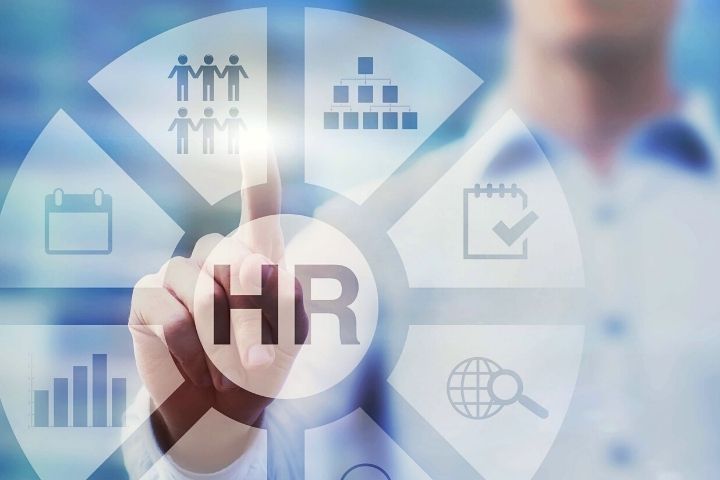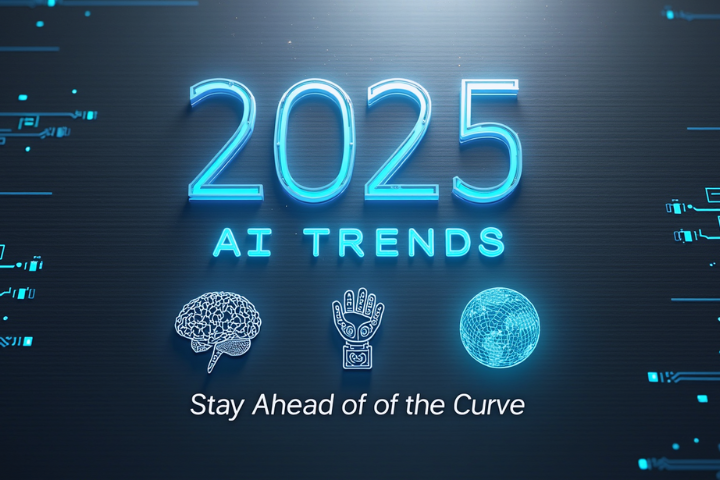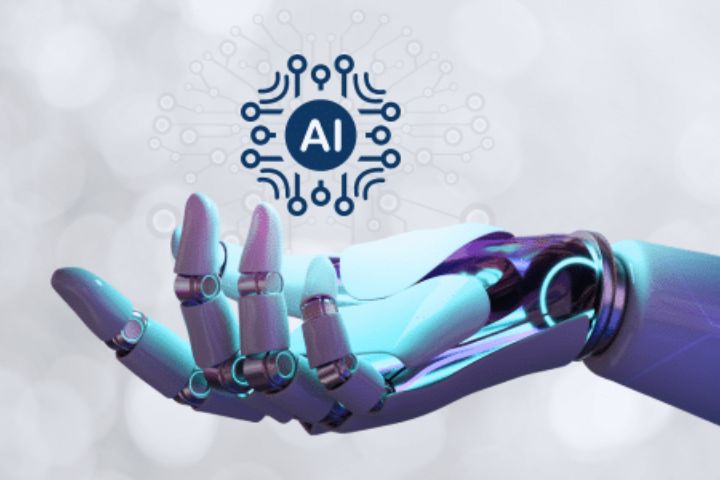Human resources professionals wear many hats, as they’re often the face of your company for potential and existing employees. They handle recruiting, onboarding, benefits administration, and conflict resolution, to name a few tasks. HR employees are at risk of burnout because of the emotionally intense nature of the profession. Consistently heavy workloads add to the strain, particularly if HR departments don’t have the tools to manage everything effectively.
Technology that automates recurring tasks and sets up workflows can be a lifesaver for your company’s human resources staff. Plenty of tech tools exist to optimize your HR department’s efficiency and reduce staff members’ feelings of being overwhelmed. The key is to find the right
combination of solutions that will make the most significant improvements. Here are four categories to consider.
Payroll Apps
It’s labor-intensive to make sure everyone in the company gets paid correctly and on time. There are several moving parts to the process, which only gets more complicated as your company grows. HR has to track the compensation and benefits of more workers while accounting for changes in these as well.
A payroll solution for small businesses streamlines the entire process and reduces the chances mistakes will occur. Got a mix of salaried and hourly workers? Payroll software can keep tabs on both by integrating with your time clock software. If your company uses a separate program for time-off requests, many payroll apps can sync that data. This way, HR employees won’t have to manually enter hourly workers’ time and paid hours from PTO requests.
Payroll solutions also automate direct deposits, payroll taxes, and deductions. Once an employee designates a verified checking or savings account, the software will take care of the rest. Each time payroll is run, the app will make adjustments to taxes and deductions as they fluctuate. The
entire process will be cut from hours to minutes, allowing your HR employees to concentrate on less repetitive responsibilities.
Recruiting Tools
According to an SHRM talent acquisition report, the average time it takes to fill a position is over 30 days. During that time, HR juggles the approval of several job descriptions and manages where the company advertises its openings. Department employees have to screen applicants, seek feedback from hiring managers, schedule interviews, and communicate with candidates.
They also need to send offer letters, follow up with interviewees the company didn’t hire, and field questions from successful candidates. It’s a lot to keep track of, and when delays occur, your company can easily lose out on qualified applicants. Top candidates can get lost in the shuffle if HR can’t circle back with them quickly enough. Résumés and applications might also get overlooked when there’s a high amount of interest.
Recruiting software can organize and automate some of the more tedious aspects of talent acquisition. These tools can automatically post open positions to online job boards and organize résumés that come in. After initial screenings, applicants’ details and supporting materials can go
directly to hiring managers for further review. Decision-makers can designate which applicants they want to interview, and HR can follow up.
Some recruiting apps give HR departments the ability to create and load templates for different touchpoints. Once applicants are moved to the next stage of the process, these emails can automatically go out. Candidates will know where they stand and won’t have to try to reach someone in HR. This feature also lets human resources reach out to unsuccessful applicants,
demonstrating your company isn’t one that ghosts candidates.
Performance Review Software
Even though it’s the direct manager’s responsibility to evaluate employees, the human resources department serves as a mediator. HR has to track and monitor performance reviews, which provide justification for raises, promotions, and terminations. Your company might also want to use annual or semi-annual evaluations to see whether staff members are meeting their goals. These objectives can include components of your overall strategy or direction.
Performance review applications allow HR departments and managers the opportunity to collaborate on setting standards and designing review forms. Many organizations come up with different evaluation categories and performance templates according to the position. For example, customer service employees will have different performance standards and objectives than sales reps.
Some of the requirements and objectives may overlap, but review forms give supervisors and managers a set of guideposts. Within performance review software, managers can also make notes to document milestones, exceptional work examples, and areas of concern. They can refer back to these notes and ask for guidance from human resources if needed. Your HR staff will be able to review leadership’s documentation and offer suggestions within the software.
Employee Engagement Solutions
Human resources departments don’t just bring employees into organizations. HR is also tasked with ensuring workers want to stay. Retention can be an even more critical responsibility than recruiting, as turnover is expensive. When a worker leaves, your costs to directly replace them can be between 50% and 60% of their annual salary. Your overall turnover costs can be as high as 200% of an employee’s yearly wages.
Using engagement solutions to gauge how workers perceive your organization can help HR address problems before they escalate. Employee disengagement usually begins with a trigger event, but other aspects of your organization can exacerbate it. Maybe a co-worker treated the
person poorly, or the employee feels undervalued. This could be due to getting more responsibilities from their manager without a raise or being denied a promotion.
The employee dropped hints about their discontent and reached out to their manager, but they aren’t getting the feedback they need. This could be an isolated situation, or it might be part of a larger problem in your organization. Engagement software that solicits anonymous feedback
from employees can reveal organizational culture trends and areas for improvement.
By analyzing and acting upon this feedback, HR won’t be throwing random retention strategies at the wall to see what sticks. Instead, human resources staff can be more precise in formulating a retention improvement plan. They can also monitor shifts in employees’ points of view and cultural behaviors.
Conclusion
Your HR employees are busy, but challenging workloads don’t have to be impossible to manage. Tech tools related to payroll, recruiting, performance tracking, and retention can reduce some of the department’s to-do list items. Such software solutions can help automate and streamline mundane yet time-consuming tasks. As a result, your company’s HR can identify and focus on making improvements everyone can benefit from.



![Top 10 M4uFree Movie Alternatives | M4uFreeMovie in 2022 [Updated]](https://www.techsplashers.com/wp-content/uploads/2022/03/Top-10-M4uFree-Movie-Alternatives-M4uFreeMovie-in-2022-Updated.jpg)








Leave a Reply